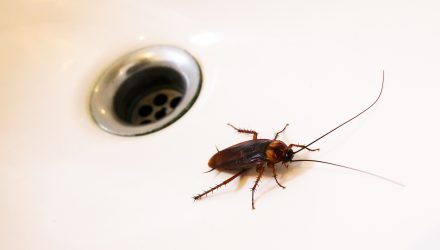“Where they live, you have all sorts of stuff around you, like dense vegetation or fallen leaves or branches or roots…Wherever they go, they run into these obstacles. We’re trying to understand the principles of how they go through such a complex terrain, and we hope to then transfer those principles to advanced robots.”
Adding in the concepts of cockroach locomotion to new multi-legged robots gave them the ability to traverse gaps and bumps that were 50% and 75% bigger respectively.
“I knew I would be working with these animals, and I was a little scared at first because they just run so fast, and they were so creepy,” said Li. “But as soon as I started working in the lab, I learned that it’s actually very easy to work with them, and they’re actually a very nice, fantastic model organism. Not just because they’re so robust and move so fast, but also because they’re very easy to handle and motivate to run”
“We are just beginning to understand how these critters move through a cluttered 3-D terrain where you have obstacles that are larger than or comparable to the animal or robot’s size,”
Moving forward, the idea of cockroach locomotion may lead to robots with greater capabilities when it comes to navigating uneven terrain. Whether this application is applied on distant planets or here on Earth, it’s clear that this important discovery will help build a new breed of more advanced robotic design.
This article was republished with permission from Value Walk.
